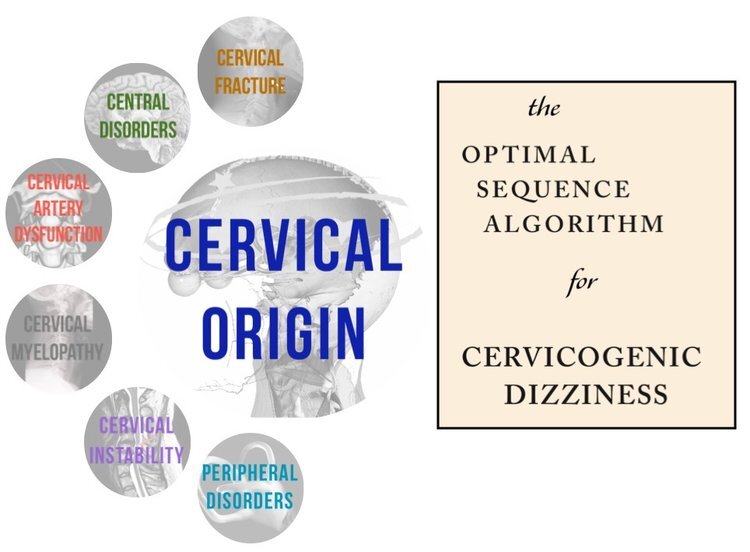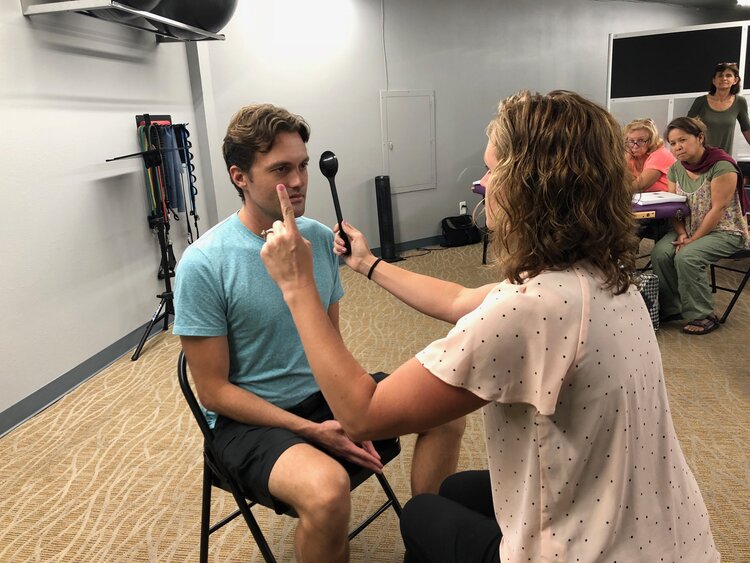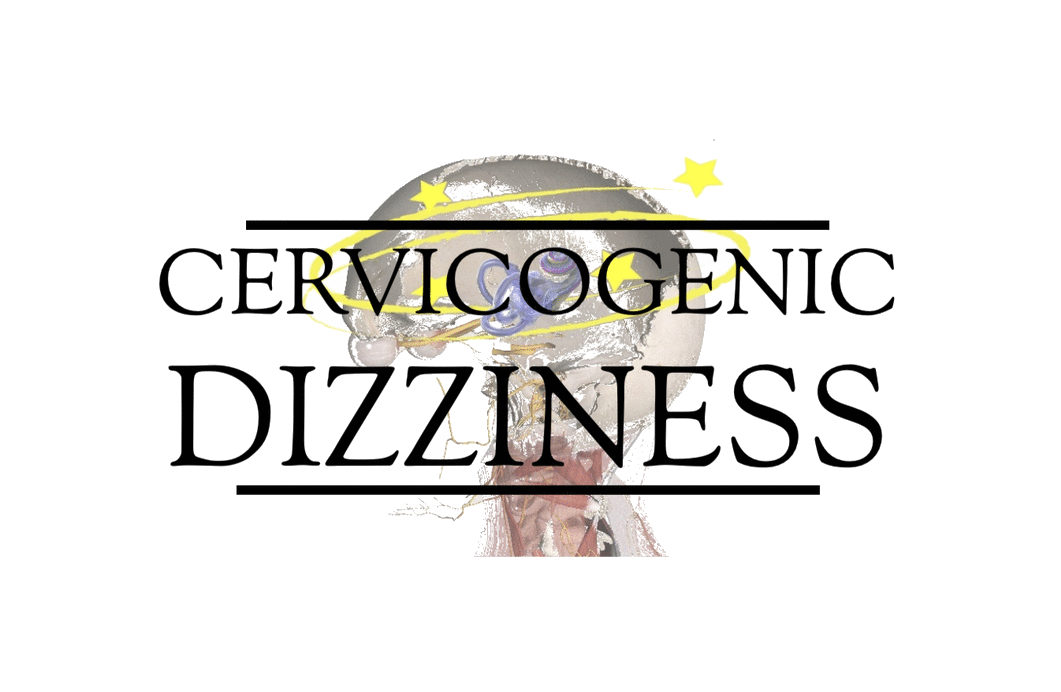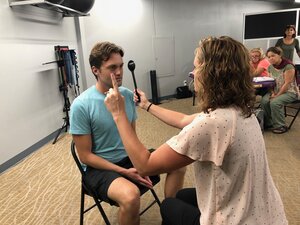
The ability to differentiate between central and peripheral causes of dizziness went to another level by the work of Kattah et al in 2009. The three-step bedside oculomotor examination was found to be more sensitive than early MRI diffusion-weighted imaging and really opened up the eyes (no pun intended) in regards to clinical diagnostic accuracy to the plinth vs imaging examination approach.
Since then, the works of Chen et al 2011 and especially the passion and agenda of several literary pieces by Newman-Toker, have further examined the diagnostic accuracy of the HINTS examination with highly powerful clinical metrics as a screening tool and potentially need for less imaging.
With a sensitivity ranging from 96.8% to 100%, the 3 step process is phenomenal for clinicians! It definitelybeats any of the PT so called clinical decision rules.

However, I wouldn’t hang my hat on this solely, especially if you’re a PT. Three main points are made below:
Firstly, unless you have been trained in neuro-otology or neuro-opthalmology, then you may not be as reliable as these guys/gals. Most of the studies involve an extensive training program and know what to look for in regards to a pathological sign.
Secondly, unless you pound out Direct Access (and most of us seeing dizziness aren’t….), then you aren’t seeing the patients under inclusion criteria set forth in the studies: which is typically a time frame of symptoms less than 7 days.
Thirdly, all of the studies used a strict inclusion criteria—-resulting in studying moderate to high risk populations—ones with risk factors such as hypertension, diabetes, nausea/vomiting. Therefore, if you are examining a low risk population, then the HINTS diagnostic sequence may not be as applicable or powerful in its accuracy.

HINTS is a fantastic sequence of objective clinical measures that individually, do not have much influence on a clinical decision, but combined, can be very powerful. Of course we do not rely on one test for diagnoses of other conditions, but a combination of tests/measures highly increases the diagnostic credibility. I wrote about this with SIJ testing several years ago and more of common practice now in SIJ dysfunction diagnostics.
We teach the HINTS examination, but in context with other clinical features, risk factors and statements in the Subjective Examination and only in combination with other Objective clinical tests that are conceptual to cervicogenic dizziness. This is what I do in my Optimal Sequence Algorithm.
Cervicogenic Dizziness Course
If you want to learn more how to screen your patients and feel MOST confidently in addressing dizziness from a cervical origin, we have it all in our Optimal Sequence Algorithm. Sign up here for more emails!
You can learn more about the screening and treatment process of Cervicogenic Dizzinesss through Integrative Clinical Concepts, where the authors (husband–a manual therapist a wife—a vestibular specialist), teach a very unique course combining both the theory and practice of vestibular and manual principles in their 2-day course. Pertinent to this blog post, the 2nd day includes the “Physio Blend”, a multi-faceted physiotherapist approach to the management of Cervicogenic Dizziness, which includes treatments of the articular and non-articular system of manual therapy and the most updated sensorimotor exercise regimen.
If you would like to host a course for your staff (either a vestibular, neuro, sports or ortho clinic), please do not hesitate to contact me at harrisonvaughanpt@gmail.com for more information.
AUTHORS
Harrison N. Vaughan, PT, DPT, OCS, Dip. Osteopracic, FAAOMPT
Instructor: Cervicogenic Dizziness for Integrative Clinical Concepts
Danielle N. Vaughan, PT, DPT, Vestibular Specialist
Instructor: Cervicogenic Dizziness for Integrative Clinical Concepts



